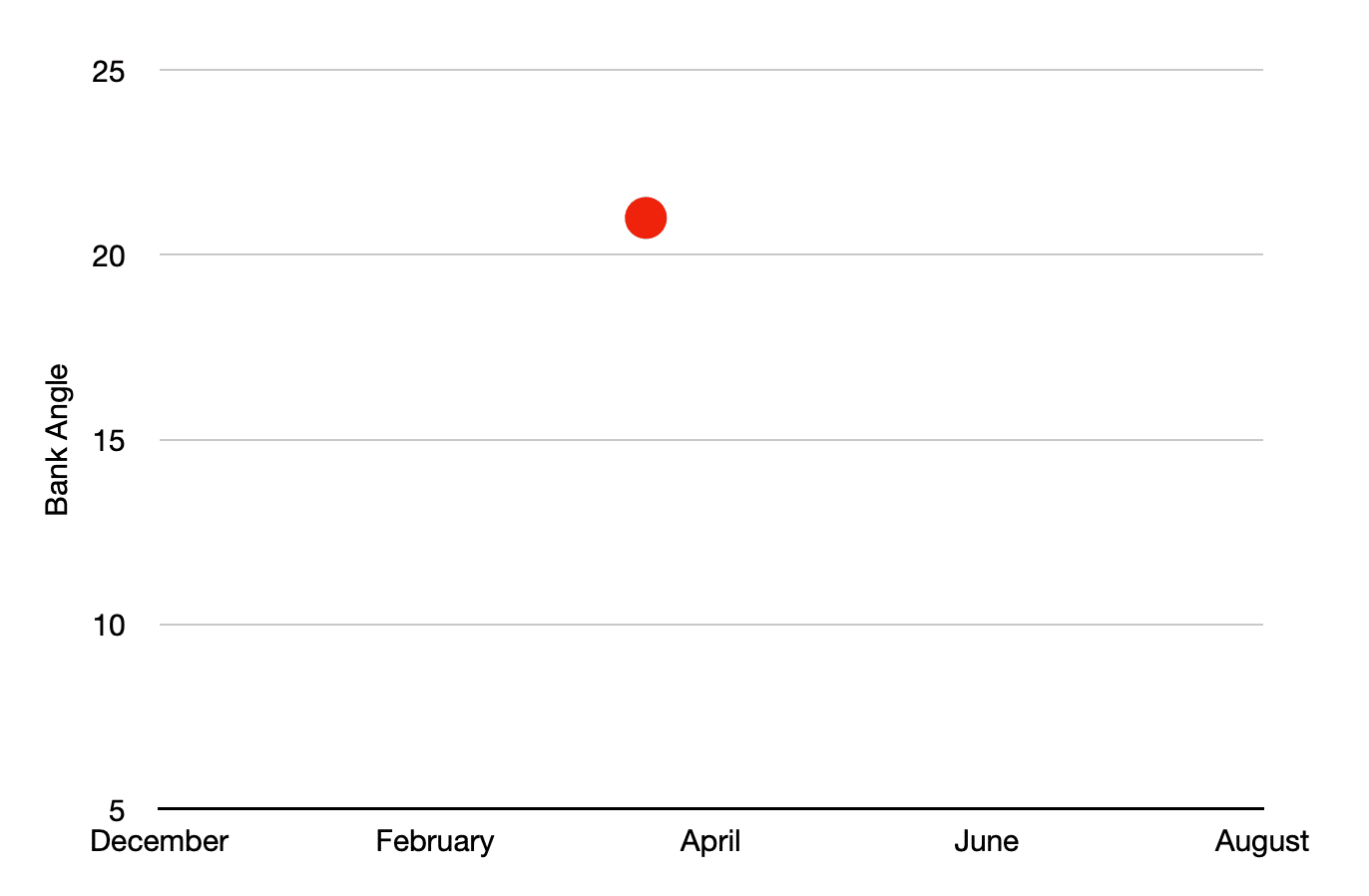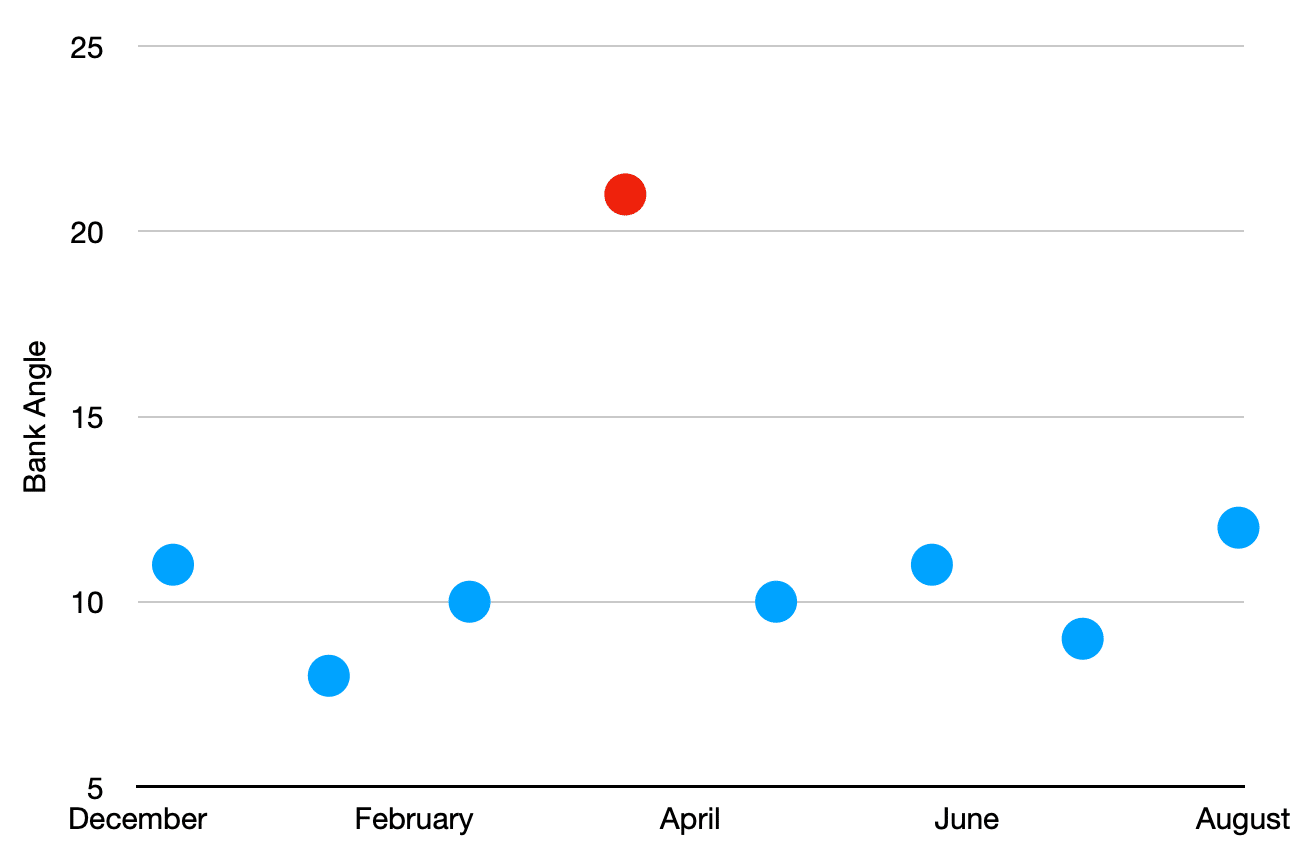(Note: This article was originally published on February 8, 2021).
Lately I have been noticing more and more references to real-time Flight Data Monitoring, or real-time FDM. Perhaps you have seen the term, too, and are wondering what real-time FDM is?
So what is real-time FDM? Well, I am not quite sure that I know.
Real-time FDM seems to be a new term that some flight recorder manufacturers are starting to use to introduce some new features of their products. The basics are that the recorder is continuously monitoring flight conditions and, if it detects an abnormal flight condition, it can send that information in real-time to a ground station.
Please don’t get me wrong. I think this is great technology and it definitely has its place in improving flight safety (more on that below), but could this really be a replacement for a traditional Flight Data Monitoring program?
Literally, I suppose these recorders are “monitoring flight data”, but if you look at what makes up a successful Flight Data Monitoring or FOQA program, real-time data monitoring would do more to supplement an existing program than to replace it.
There are many good references on how to implement a Flight Data Monitoring program as well as some of the regulatory requirements (you can find some at the bottom of our Introduction to FDM blog here).
There is general agreement that there are three main requirements of a Flight Data Monitoring program. I am referencing a section of EASA AMC1 ORO.AOC.130 here, but there is general consensus in the industry:
1. Exceedence detection
This includes detecting any flight conditions that are outside the limits of normal operating procedures, or aircraft limitations. Real-time monitoring of flight data handles this requirement quite well.
2. All Flights Measurement
One of the key things to understand about a Flight Data Monitoring program is that it is not just about monitoring abnormal operations, but also monitoring what is normal. A proper Flight Data Monitoring program should (ideally) be capturing all available data for all flights. If your program is set up to only send information on exceedences, you are missing a very, very large amount of your data.
3. Statistics
Finally, a major part of a Flight Data Monitoring program is performing statistical analysis on your data. You want to be able to look at all of your data to see how things are trending over time. You need to be able to “normalize” your data, or look at event rates (e.g. Events per 100 Flights). This is not possible if you are only relying on real-time event capture.
When I started my career in Flight Data Monitoring, one of my mentors had a philosophy that Flight Data Monitoring is accident investigation without the accident. This philosophy is one in which a “mini-investigation” is performed on a significant event that was detected through an FDM program (such as a dramatic unstable approach).
The results of that “mini-investigation” were then conveyed to the safety department with the goal of reducing the frequency and/or severity of that particular event in the future – similar to how we treat accident investigations.
He came from an accident investigation background so it is understandable that he took that approach and it’s certainly not a bad approach.
But as I worked my way through my career in Flight Data, I realized that Flight Data Monitoring is much more than that. One of the main goals of an FDM program is to monitor our trends over time so that we can prevent the “holy smokes” events from happening in the first place. If we are in a position where we are only investigating significant exceedences, then perhaps the holes in the Swiss cheese are getting a little too close to lining up. We should try to fix that.
But I fear that the concept of real-time FDM is taking a similar approach. We still need to routinely monitor all flight data in an effort to reduce the number and severity of abnormal flight conditions that occur. If we only monitor those times when significant events occur, we are missing out on the vast amount of data available to us and we are potentially getting a little too close to having a serious incident – or worse.


In this simple example, we had a high bank angle event in March. Should we be concerned? Do we have a potential issue in our operations or is this just an outlier (maybe due to unusual circumstances such as ATC, weather, etc.)?
It would be nice to have some more information, but if we’re just getting notifications of exceedences, we might need more information from the crew (which could raise privacy concerns if they feel we are “watching them”).
It may still need some investigation, but at least we now have some additional information to help justify investigating this particular flight. Or, we may decide that this bank angle value is acceptable and no further action is required.
If, however, we saw an upward trend in the months of December through February, that would be an indication that something was not quite right and we could have addressed it before getting into the red in the first place.
One other concern that I have with the concept of real-time FDM is that of crew privacy. We in the industry (my competitors included) have taken great strides to alleviate any privacy concerns that flight crew have in how the data is being used. These concerns are certainly valid and all reputable FDM software and service providers have taken steps to ensure flight crew privacy.
With real-time FDM, I can see it being a challenge to ensure flight crew privacy. If an analyst on the ground receives a notification that Aircraft 123 is exceeding 30 degrees bank, he or she will be able to figure out who the flight crew is fairly easily.
But even then, what are we supposed to do with that real-time information? Do we radio the crew in the middle of approach to tell them that they are turning a little too tight on short final? Do we meet them at the gate and give them a stern “talking to”?
I certainly do not mean to sound like the Devil’s advocate, but there is already enough confusion surrounding Flight Data Monitoring that we really do not need to further muddy the waters.
But I do think that this new technology is good for the industry and that it can improve aviation safety if used correctly. We have had a few major accidents already where this technology could have come in handy.
If certain, extreme flight conditions are met (well beyond Flight Data Monitoring exceedence limits) and/or the flight crew initiate a data transfer/alert, I can see this as being very helpful in accident investigation – or even possibly preventing a major crash in the first place.
But as a Flight Data Monitoring system, we need to remember that there is a lot more to Flight Data Monitoring than just data collection and exceedence detection.
Perhaps we just need a new term for this real-time data collection? Real-Time Flight Data Collection?
Let us know your thoughts. Please leave a comment below if you would like to share your view of real-time Flight Data Monitoring.

Let’s keep in touch
Sign up to get notified of new blog posts, videos or other news and information related to flight data.



